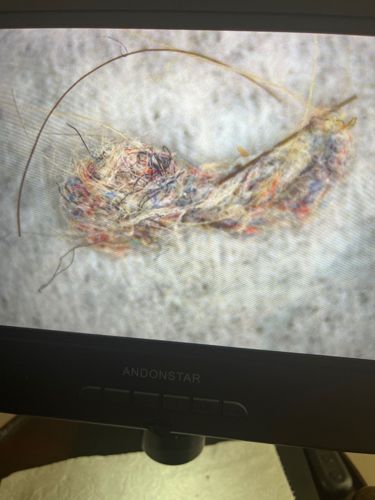Household Casebearer Moth Larva
Scientific Name: Phereoeca uterella
Order & Family: Lepidoptera, Tineidae
Size: Larvae within their cases are typically 10-15 mm (0.4-0.6 inches) long; the actual larva is smaller.

Natural Habitat
Indoors, especially in damp, undisturbed areas like closets, basements, or garages. They are often found on rough surfaces such as walls or ceilings, and in high humidity.
Diet & Feeding
They primarily feed on natural fibers such as wool, silk, hair, felt, and furs. They can also consume spiderwebs, dead insects, and even cotton, though they prefer animal-based materials. The case itself is made from silk and debris from their diet and environment.
Behavior Patterns
The larva lives within a distinctive, flattened, seed-shaped case that it constructs from silk and collected debris like lint, fibers, and frass (excrement). It carries this case with it as it moves, extending its head and thorax to crawl. The case serves as protection and camouflage. When disturbed, the larva retreats fully into its case. They are slow-moving and prefer dark, humid environments. The adult moth is small and dark, and not known to be pests themselves; it's the larvae that cause damage.
Risks & Benefits
Potential risks include damage to clothing, carpets, tapestries, upholstered furniture, and other items made of natural fibers, especially in humid climates or neglected areas. They are mostly a nuisance pest and do not pose direct health risks to humans. They play a minor role in decomposition of organic matter but are generally considered a pest in human dwellings due to their destructive feeding habits.
Identified on: 9/4/2025